

Articles
How To Hide Cords In Living Room
Modified: August 20, 2024
Discover creative ways to hide cords in your living room with these helpful articles. Say goodbye to tangled wires and messy cables for good.
(Many of the links in this article redirect to a specific reviewed product. Your purchase of these products through affiliate links helps to generate commission for Storables.com, at no extra cost. Learn more)
Introduction
Having cords and cables cluttering up your living room can be an eyesore and create a chaotic environment. Not only do they diminish the aesthetics of your space, but they can also be a tripping hazard and make it difficult to clean or reorganize your living area. Fortunately, there are several effective methods for hiding cords in your living room and achieving a clean and streamlined look.
In this article, we will guide you through ten steps to help you successfully hide cords in your living room. From identifying cluttered areas to utilizing cable management solutions and exploring wireless options, we will provide you with practical tips and creative ideas to make your living room cord-free.
By implementing these strategies, you can create a visually pleasing environment while maintaining functionality and accessibility for your electronic devices. Whether it’s your television, sound system, gaming consoles, or other gadgets, you can transform your living room into a serene and clutter-free space.
So, let’s dive into the step-by-step process of hiding cords in your living room and reclaiming the beauty and organization of your space.
Key Takeaways:
- Say goodbye to tangled cords and clutter in your living room by utilizing furniture with built-in cable management, cord sleeves, and decorative covers for a sleek and organized space.
- Embrace wireless technology for speakers, headphones, charging, and gaming consoles to eliminate the need for cords altogether, creating a clean and streamlined living room environment.
Read more: How To Hide Speakers In Living Room
Step 1: Identify the Cluttered Areas
The first step in hiding cords in your living room is to identify the areas where the cords are causing the most clutter. Take a thorough look around your living room and note which areas have an excessive number of cables. This could be near your TV stand, gaming console, entertainment center, or even behind your couch where you may have charging cables for your devices.
Once you’ve identified the cluttered areas, assess the number of cords and the types of devices they are connected to. This will help you determine the best methods for concealing and organizing them. Consider the length of the cords as well, as this may impact the solutions you choose.
One helpful tip is to gather all the cords in one place and label them. This will make it easier to track which cords belong to which devices, especially if you have similar-looking cables or frequently unplug and replug them.
By taking the time to identify the cluttered areas and understand the cord situation in your living room, you can proceed to the next steps with a clear plan in mind. Remember, organization and preparation are key to successfully hiding cords and achieving a clean and tidy living space.
Step 2: Choose the Right Furniture
Choosing the right furniture is crucial when it comes to hiding cords in your living room. Opt for pieces that have built-in cable management features or ample storage space to keep cords out of sight. Here are a few furniture options to consider:
- TV stands and entertainment centers: Look for furniture with designated cord management holes or channels. This allows you to route the cords through the back of the unit, keeping them hidden from view. Some TV stands also come with built-in power strips, making it even easier to conceal cords.
- Storage ottomans or coffee tables with hidden compartments: These pieces not only provide storage for everyday items but can also serve as a hiding spot for cords. Look for furniture that has a removable top or drawers where you can tuck away cables and chargers.
- Wall-mounted shelves or floating cabinets: These furniture options can be a great alternative to traditional TV stands or entertainment centers. By mounting your devices on the wall, you eliminate the need for visible cords running along the floor. Ensure that the shelves or cabinets have proper cable management options.
- Sofas and sectionals with built-in charging ports: Some modern seating options come equipped with USB ports and electrical outlets built into the arms or consoles. This allows you to charge your devices conveniently while keeping the cords hidden.
When selecting furniture, consider the size and layout of your living room as well. Ensure that the chosen pieces fit well within the space and complement the overall décor. By investing in furniture with cord management features, you can significantly reduce the visibility of cords and create a cleaner aesthetic in your living room.
Step 3: Utilize Cable Management Solutions
Cable management solutions are essential in organizing and hiding cords effectively. There are various options available to help you keep your cords neat and concealed. Here are some popular cable management solutions to consider:
- Cable sleeves: Cable sleeves are flexible tubes that you can use to bundle multiple cords together. They provide a clean and streamlined look by keeping the cords organized and hiding them from view. Cable sleeves are typically made of durable materials like neoprene and can be cut to the desired length.
- Cable raceways: Raceways are adhesive-backed channels that can be installed along walls or baseboards. They create a pathway for cords and allow you to route them neatly and securely. This eliminates the need for cords to dangle or be seen, as they are concealed within the raceway.
- Cable clips: Cable clips are small clamps that can be attached to walls, furniture, or other surfaces. They hold the cords in place and prevent them from hanging or tangling. Cable clips are an inexpensive and easy-to-use solution for keeping cords organized.
- Under-desk cable management trays: If you have a desk in your living room area, consider installing under-desk cable management trays. These trays can be mounted underneath the desk surface and provide a hidden compartment for storing and managing cords.
- Power strip organizers: Power strips can contribute to cord clutter, especially if they are placed on the floor or left exposed. Power strip organizers are boxes or cases designed to hold the power strip and its cords. They provide a tidy solution for keeping power strips out of sight.
Depending on your specific needs and preferences, you can choose one or a combination of these cable management solutions to keep your cords organized and hidden. Remember to consider the length and thickness of your cords to ensure that the chosen solutions accommodate them properly.
By utilizing cable management solutions, you can eliminate the unsightly tangle of cords in your living room and create a clean and clutter-free environment.
Step 4: Conceal Cords with Decorative Covers
Another effective way to hide cords in your living room is by using decorative covers. These covers not only serve the purpose of concealing cords, but they also add a stylish touch to your space. Here are a few options to consider:
- Cord covers: Cord covers are fabric or plastic sleeves that can be wrapped around individual cords or grouped cables. They come in various colors and patterns, allowing you to choose one that matches your décor. Cord covers can be particularly useful if you have cords running along the floor or walls.
- Wire tape or cable wraps: If you prefer a more minimalist look, wire tapes or cable wraps can be a great solution. These are adhesive strips that can be wrapped around multiple cords, creating a sleek and cohesive appearance. They are available in different colors, including white, black, or clear, for seamless integration into your living room.
- Decorative baskets or bins: Consider placing decorative baskets or bins strategically to keep cords hidden. You can thread the cords through the handles or gaps of the baskets, effectively concealing them while adding a functional and decorative element to your space.
- Wall-mounted cord hiders: Wall-mounted cord hiders are specially designed channels or covers that can be attached to the wall, allowing you to disguise cords that run vertically. These hiders are available in various styles, including paintable options that can blend seamlessly with your wall color.
- Furniture cord hiders: Some furniture pieces have built-in cord hiders or compartments specifically designed to store and conceal cords. These features can be found in TV stands, desks, or other storage furniture. Take advantage of these hidden compartments to keep your cords out of sight.
By using decorative covers, you can transform your cords from an eyesore to a stylish accessory. Explore different options and choose the ones that best suit your living room aesthetic.
Remember to install these covers properly and ensure that they do not obstruct airflow or interfere with the functionality of your electronic devices.
Read more: How To Hide A Door In Living Room
Step 5: Use Cord Clips or Ties
Cord clips and ties are practical tools that can help you keep your cords organized and hidden. By securing the cords together, you can minimize tangles and create a cleaner look in your living room. Here’s how you can use cord clips or ties effectively:
- Cord clips: Cord clips are small adhesive clips that can be attached to walls or furniture surfaces. They have slots or loops where you can insert cords to hold them in place. Cord clips are particularly useful for keeping cords along the edge of furniture or near electrical outlets.
- Cable ties: Cable ties, also known as zip ties, are flexible plastic or nylon straps that can bundle multiple cords together. They are secured by pulling the strap tight and fastening it, creating a snug and organized bundle. Cable ties come in various lengths, making it easy to accommodate cords of different sizes.
- Velcro cable ties: Velcro cable ties are reusable and adjustable straps that fasten cords together. They have a hook-and-loop closure system, allowing you to easily wrap and unwrap them when needed. Velcro cable ties are a convenient option if you frequently move or rearrange your cords.
- Twist ties or cable organizers: Twist ties are flexible, thin wires wrapped in a plastic or rubber coating. They can be twisted around cords to hold them together. Cable organizers are similar, but they often have built-in slots or hooks for securing the twist ties. These options are ideal for keeping cords organized, particularly behind furniture or in tight spaces.
When using cord clips or ties, make sure to bundle the cords together without putting too much strain on any individual cord. Avoid over-tightening the ties, as this can damage or fray the cords. Additionally, consider the length of your cords and the number of cords you are securing together to ensure that the clips or ties can accommodate them all.
By using cord clips or ties, you can effectively manage and hide your cords, reducing clutter and creating a more visually appealing living room environment.
Use cord covers to conceal cords along the baseboards or behind furniture. You can also use cable clips to secure cords along the edges of furniture or walls.
Step 6: Create a Cord-free Entertainment Center
An entertainment center is often the focal point of a living room, and it can become a hub of cord clutter if not properly organized. Creating a cord-free entertainment center not only enhances the aesthetics of your living room but also makes it easier to navigate and maintain your audio-visual setup. Here are some tips to achieve a cord-free entertainment center:
- Invest in a wireless setup: Consider opting for wireless solutions for your audio and video devices. Wireless speakers, soundbars, and streaming devices can eliminate the need for multiple cords and make your entertainment center look sleek and clutter-free.
- Use a media console with built-in cord management: Look for media consoles or TV stands that have cable management features, such as routed holes or enclosed compartments. These features allow you to neatly route and hide cords behind the console, keeping them out of sight.
- Use a cable box or organizer: Cable boxes or organizers are specially designed containers that house your power strips and cords. This helps to keep them hidden while providing easy access for plugging and unplugging devices. Some cable boxes even have ventilation holes to prevent overheating.
- Mount your devices: Mounting your TV and other devices on the wall can create a clean and streamlined look, as cords can be hidden behind the wall or routed through wire channels. Wall mounting also frees up space on your entertainment center, reducing clutter.
- Label your cords: Use labels or cord tags to identify which cord belongs to each device. This will save you time and effort when making adjustments or troubleshooting. Labels can be as simple as using colored tape or purchasing adhesive labels specifically designed for cords.
- Arrange devices strategically: Organize your devices in a way that minimizes cord visibility. Place larger devices, such as game consoles or cable boxes, toward the back of the entertainment center, with smaller devices or accessories in front to help conceal the cords.
By following these tips and investing in wireless technology and cord management solutions, you can achieve a cord-free entertainment center, enhancing the overall appearance and functionality of your living room.
Step 7: Use Power Strips with Built-in Cord Management
Power strips are often necessary to provide ample outlets for all your electronic devices in your living room. However, they can contribute to cord clutter if not managed properly. To tackle this problem, consider using power strips with built-in cord management features. Here’s how they can help:
- Cord organization: Power strips with built-in cord management typically come with designated cord hooks or holders. These allow you to route and secure cords along the power strip, keeping them neat and organized.
- Surge protection: Many power strips with built-in cord management also offer surge protection. This protects your devices from power surges and potential damage, making it a convenient and safe solution for your electronic setup.
- Space-saving: Power strips with cord management features are often designed with a compact and slim profile. This helps to minimize the footprint of the power strip, allowing you to tuck it away or mount it discreetly.
- Concealment: Some power strips with built-in cord management have covers or compartments that hide the cords and outlets from view. These covers can be flipped open when you need to access the outlets, and closed when not in use, providing a clean and streamlined appearance.
- Flexibility: Power strips with built-in cord management typically have a sufficient number of outlets, allowing you to plug in multiple devices without the need for additional extension cords or power strips. This reduces the number of visible cords and simplifies your setup.
When selecting power strips with built-in cord management, consider the number of outlets you require and the length of your cords. Ensure that the power strip can accommodate your devices comfortably and that the cord hooks or holders are suitable for your cord thickness.
By using power strips with built-in cord management, you can streamline your cord organization, declutter your living room, and ensure the proper functionality and protection for your electronic devices.
Step 8: Mount the TV on the Wall
Mounting your TV on the wall is not only a great space-saving solution but also an effective way to hide cords and create a sleek and minimalist look in your living room. By eliminating the need for a TV stand or entertainment center, you can free up valuable floor space and achieve a cleaner aesthetic. Here’s how to mount your TV on the wall:
- Choose the right wall mount: There are several types of wall mounts available, including tilt mounts, fixed mounts, and full-motion mounts. Consider the size and weight of your TV, as well as your desired viewing angle and flexibility when selecting the right wall mount.
- Locate wall studs: It’s important to mount your TV securely to wall studs to ensure stability. Use a stud finder to locate the studs behind the wall, and mark their position.
- Measure and level: Measure and mark the desired height for your TV on the wall, ensuring it is at eye level when seated. Use a level to ensure that your marks are straight.
- Install the wall mount: Follow the manufacturer’s instructions to install the wall mount bracket onto the wall. Be sure to drill pilot holes into the studs for added stability.
- Attach the TV: With the help of a friend, lift the TV carefully and align the mounting holes on the back of the TV with the corresponding hooks or brackets on the wall mount. Secure the TV to the wall mount following the manufacturer’s instructions.
- Route and hide the cords: Once the TV is mounted, route the cords behind the wall using cord concealment kits or wire raceways. These options provide a clean and hidden pathway for the cords, keeping them out of sight.
- Connect the devices: Connect your devices, such as cable boxes or gaming consoles, to the TV using HDMI or other appropriate cables. Keep the cables neatly organized and secured with cable clips or ties.
- Test and adjust: Before fully securing the cords, ensure that your TV is working properly and adjust the angle or tilt if necessary. Once you’re satisfied with the position, secure the cords and enjoy your newly mounted cord-free TV.
Mounting your TV on the wall not only enhances the aesthetics of your living room but also provides a safer and more comfortable viewing experience. Take the time to carefully install and hide the cords to achieve a clean and organized appearance.
Read more: How To Hide A Treadmill In Living Room
Step 9: Route Cords behind Furniture or Walls
Routing cords behind furniture or walls is a clever technique to hide cords and maintain a clutter-free living room. By strategically positioning your furniture and utilizing cable management solutions, you can create a seamless and organized look. Here’s how to route cords behind furniture or walls:
- Plan your furniture layout: Consider the placement of your furniture and electronics to determine the best routes for cord routing. Position your furniture in a way that allows easy access to outlets while providing spaces for cords to be concealed.
- Use cord raceways: Cord raceways are channels that can be mounted to the wall or baseboards. They provide a hidden pathway for cords, allowing you to route them behind the furniture and keep them out of sight. Choose raceways that match your wall color for a seamless integration.
- Thread cords behind furniture: If you have gaps between your furniture and the wall, take advantage of them to discreetly run cords. Push the cords into the gap and route them along the backside of the furniture, ensuring they are hidden from view.
- Utilize cord clips or adhesive hooks: Cord clips or adhesive hooks can be attached to the back of furniture or the underside of shelves to create a pathway for cords. Secure the cords to the clips or hooks, keeping them tidy and hidden behind the furniture.
- Install wall-mounted cable organizers: Wall-mounted cable organizers are designed to hold and conceal cords running along the wall. These organizers feature adhesive backings for easy installation and can be painted to match your wall color.
- Consider in-wall cord concealment: If you’re willing to make more significant changes to your living room, you can consider in-wall cord concealment. This involves cutting small holes in the wall and running the cords through the wall cavity, effectively hiding them from view. It’s advisable to consult a professional for this installation.
When routing cords behind furniture or walls, it’s essential to ensure that the cords are properly managed and not stretched too tightly. Use cord clips or ties to secure them, and make sure they are not pinched or damaged during the routing process.
By taking the time to route cords behind furniture or walls, you can achieve a clean and organized living room with minimal visible cords.
Step 10: Consider Wireless Options
For the ultimate cord-free living room, consider incorporating wireless options for your electronic devices. Wireless technology provides convenience, flexibility, and a clean and streamlined look. Here are some wireless options to consider:
- Wireless speakers: Instead of dealing with speaker wires running across your living room, opt for wireless speakers. These speakers connect to your audio device via Bluetooth or Wi-Fi, eliminating the need for physical connections.
- Wireless headphones: If you enjoy watching movies or playing games without disturbing others, wireless headphones are a great option. They allow you to enjoy audio wirelessly, reducing cord clutter and providing you with a personalized listening experience.
- Wireless charging pads: Replace traditional charging cables with wireless charging pads for your smartphones, tablets, or other compatible devices. Simply place your device on the charging pad, and it will start charging without the need for cords.
- Wireless HDMI: If you have a TV mounted on the wall and want to eliminate HDMI cables running from your devices to the TV, consider using a wireless HDMI kit. These kits transmit audio and video signals wirelessly, allowing you to connect devices to the TV without the hassle of cords.
- Wireless streaming devices: Streaming devices like Apple TV, Roku, or Amazon Fire TV Stick offer wireless connectivity to stream your favorite movies, TV shows, and music directly to your TV. This eliminates the need for cable or satellite connections and reduces cord clutter.
- Wireless gaming consoles: Many gaming consoles now have wireless connectivity, allowing you to play games without the need for cords connecting the console to the TV. This not only reduces clutter but also provides you with more freedom to position your gaming setup.
By embracing wireless options, you can significantly reduce the need for cords in your living room. This not only creates a cleaner and more organized space but also enhances your overall entertainment experience.
When opting for wireless devices, ensure that they are compatible with your existing equipment and that you have a reliable wireless network for seamless connectivity.
With these wireless alternatives, you can enjoy the perks of technology without the hassle of cords.
Conclusion
Transforming your living room into a clutter-free space by hiding cords is not only visually appealing but also contributes to a more functional and organized environment. By following the ten steps outlined in this article, you can successfully hide cords in your living room and achieve a clean and streamlined look.
Start by identifying the cluttered areas and understanding the cord situation in your living room. Choose furniture with built-in cable management features or storage options to help conceal cords. Utilize cable management solutions such as cord sleeves, raceways, clips, and ties to keep cords organized and hidden.
Consider using decorative covers to add a stylish touch while hiding cords. Mounting your TV on the wall not only saves space but also allows for better cord management. Route cords behind furniture or walls using cord clips, hooks, or cable organizers to create a seamless appearance.
Power strips with built-in cord management features and wireless options for your devices offer additional ways to reduce cord clutter. Finally, consider wireless options for speakers, headphones, charging, HDMI, streaming, and gaming consoles to eliminate the need for cords altogether.
By implementing these steps and finding the best solutions for your living room, you can enjoy a cord-free and visually appealing space. Say goodbye to tangled cords, tripping hazards, and unsightly clutter, and welcome a clean and organized living room that enhances your overall comfort and enjoyment.
Remember, maintaining a clutter-free living room requires periodic maintenance. Regularly check and untangle cords, adjust cord clips or ties, and reassess your cord management solutions as needed. With dedication and consistency, you can enjoy a beautiful and cord-free living room for years to come.
Frequently Asked Questions about How To Hide Cords In Living Room
Was this page helpful?
At Storables.com, we guarantee accurate and reliable information. Our content, validated by Expert Board Contributors, is crafted following stringent Editorial Policies. We're committed to providing you with well-researched, expert-backed insights for all your informational needs.
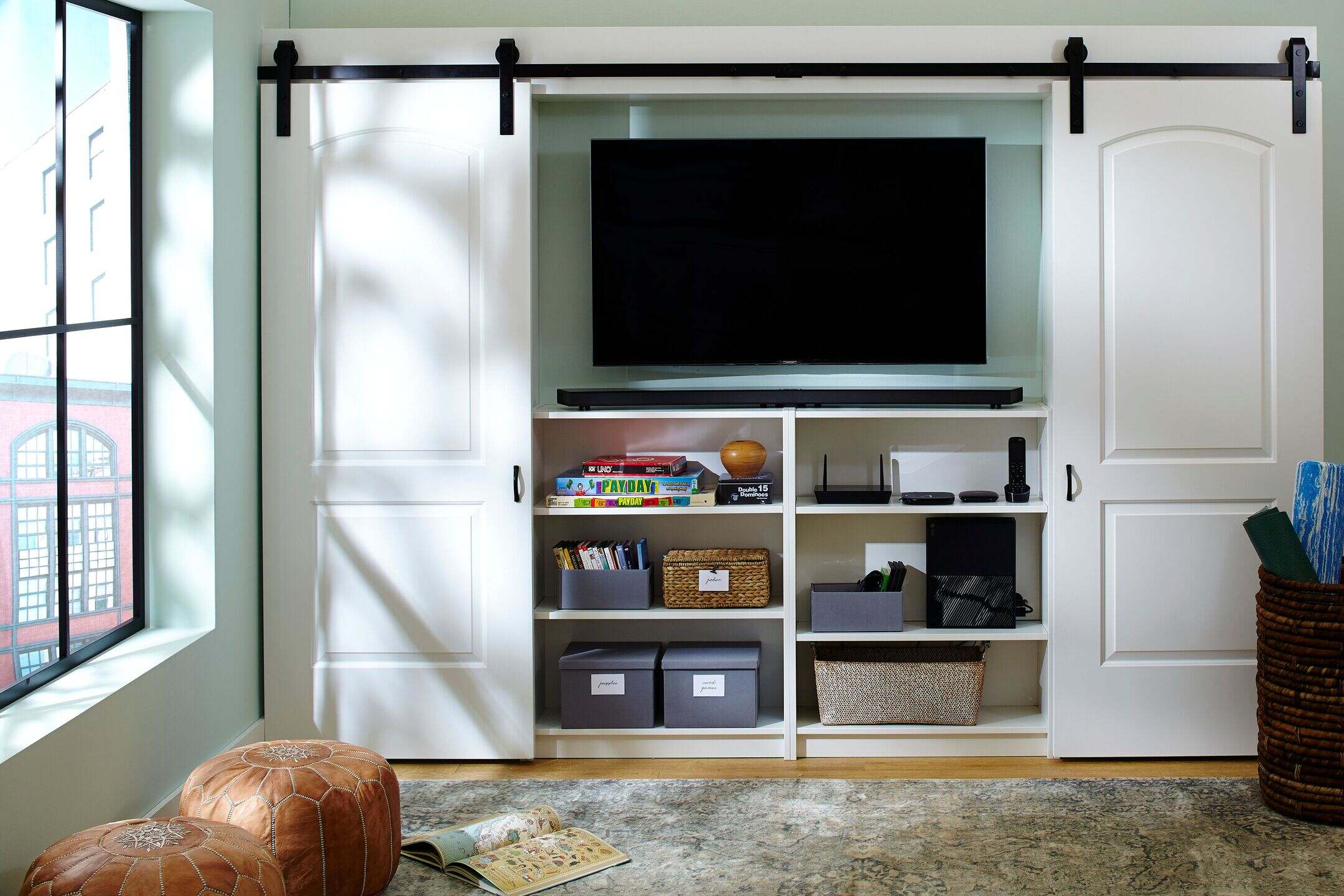
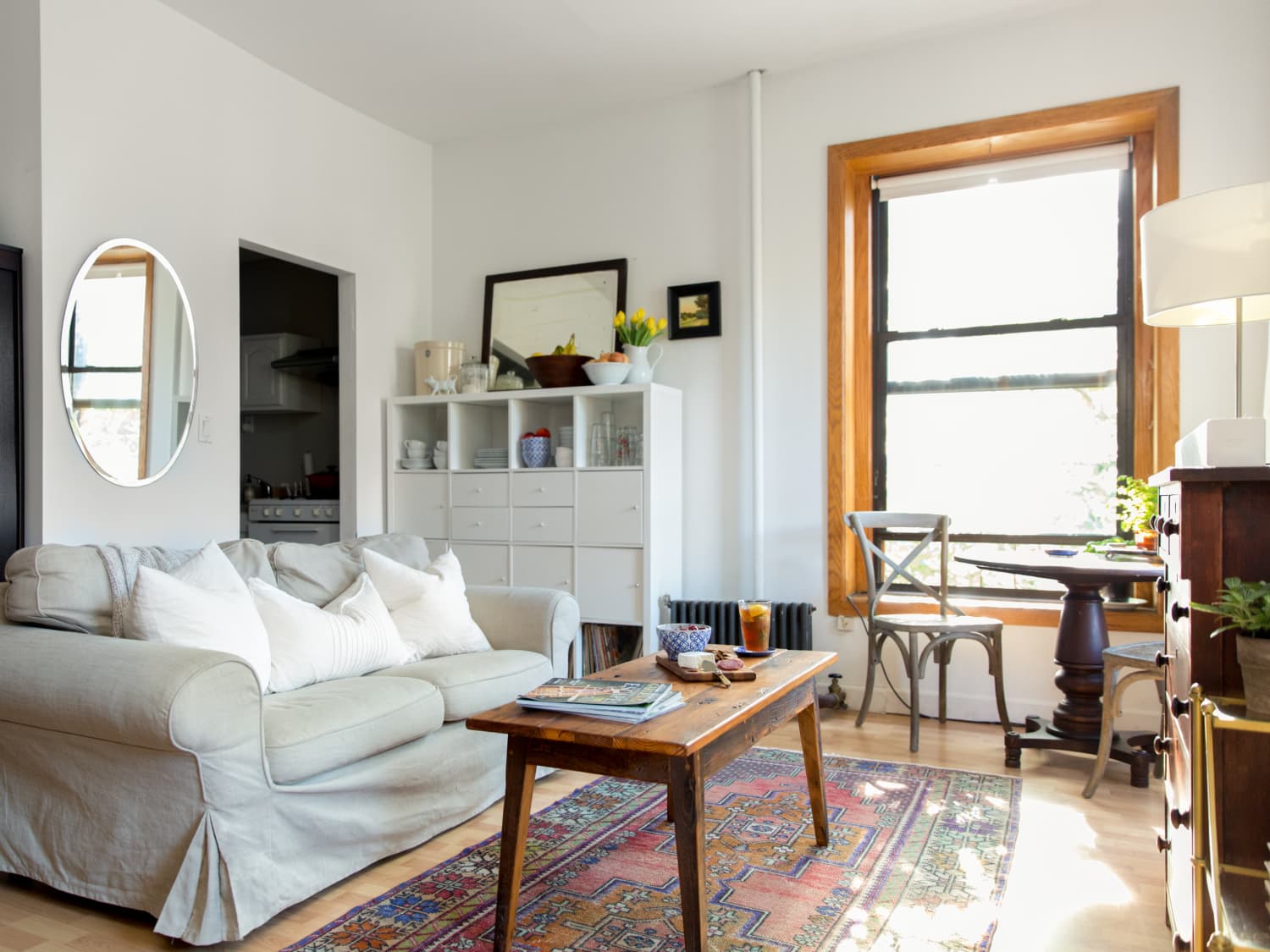
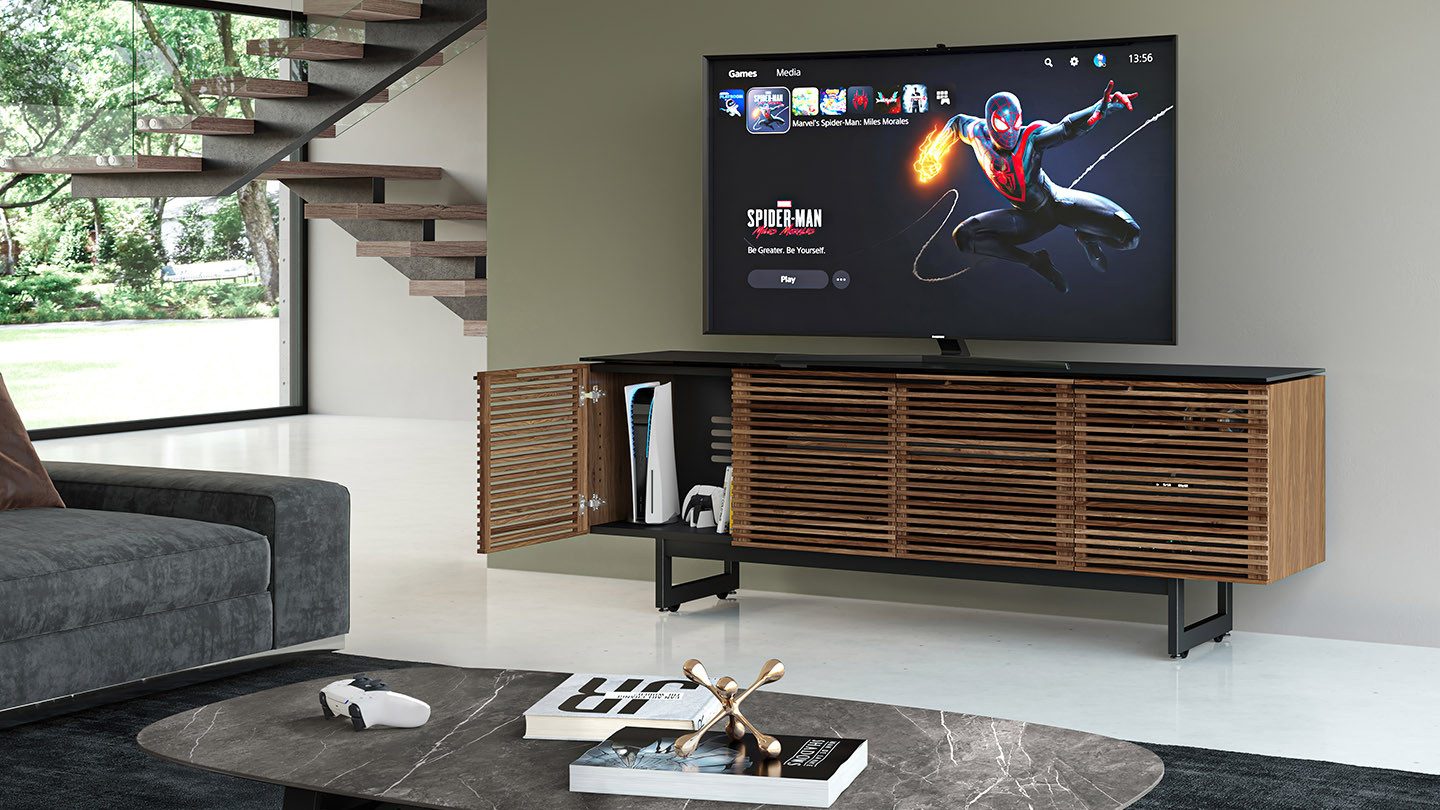
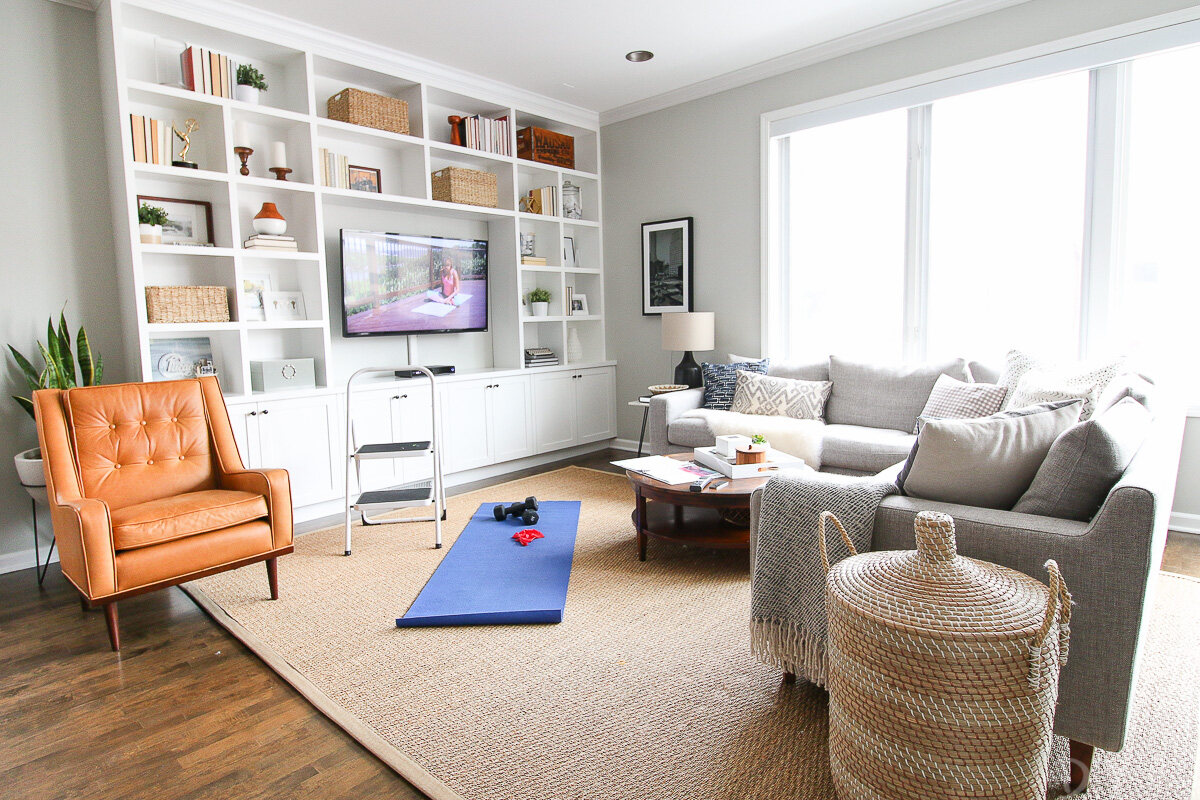
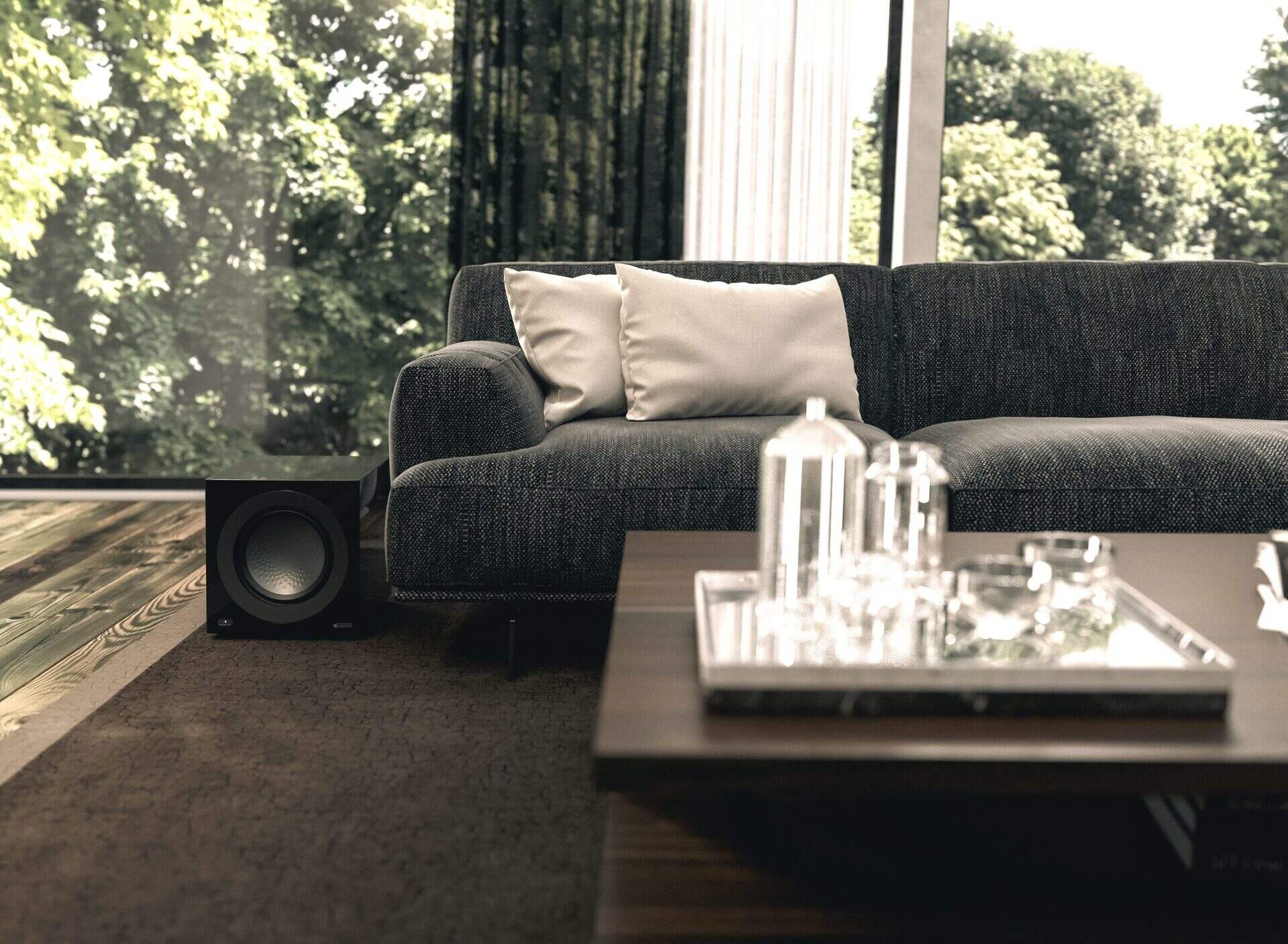
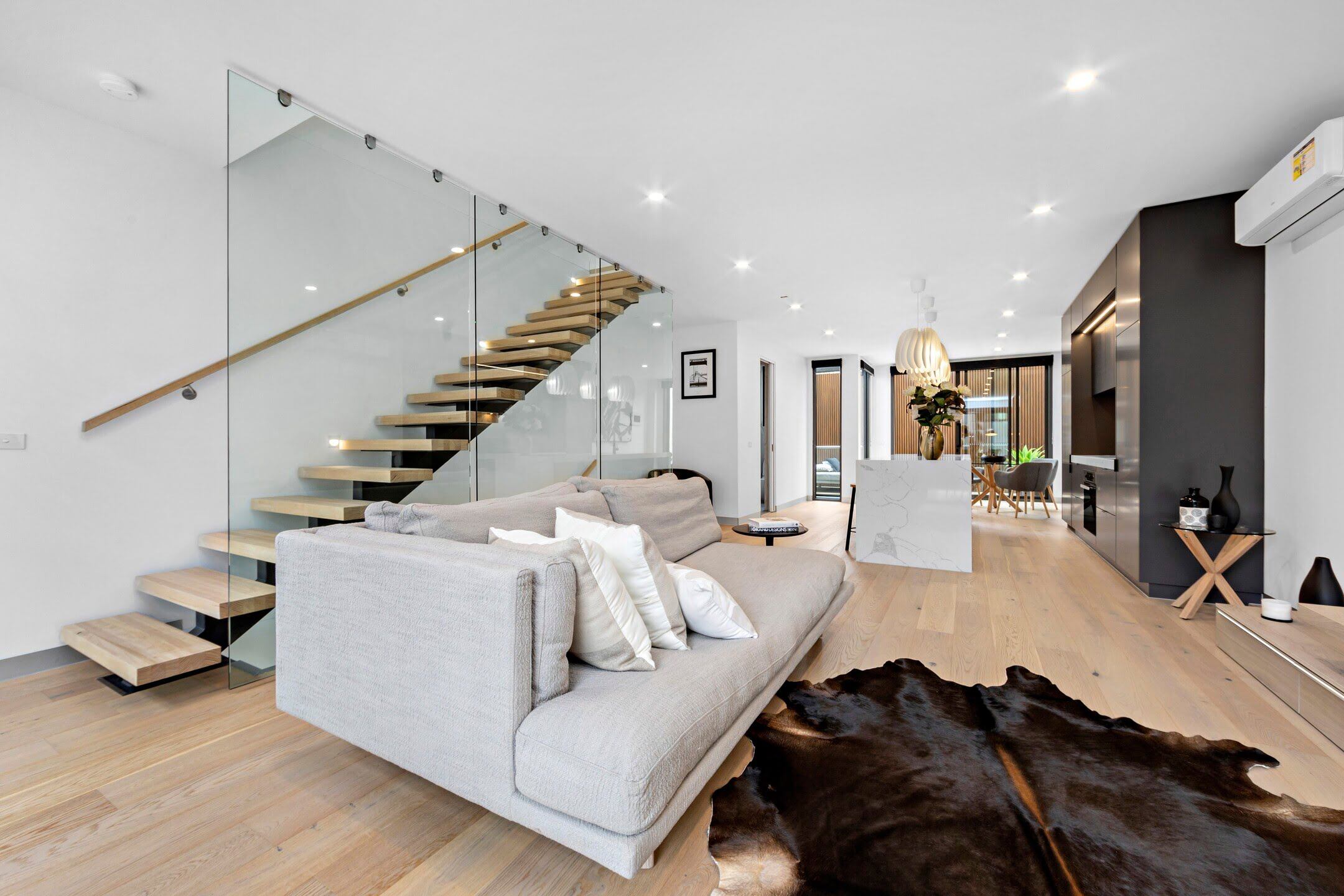
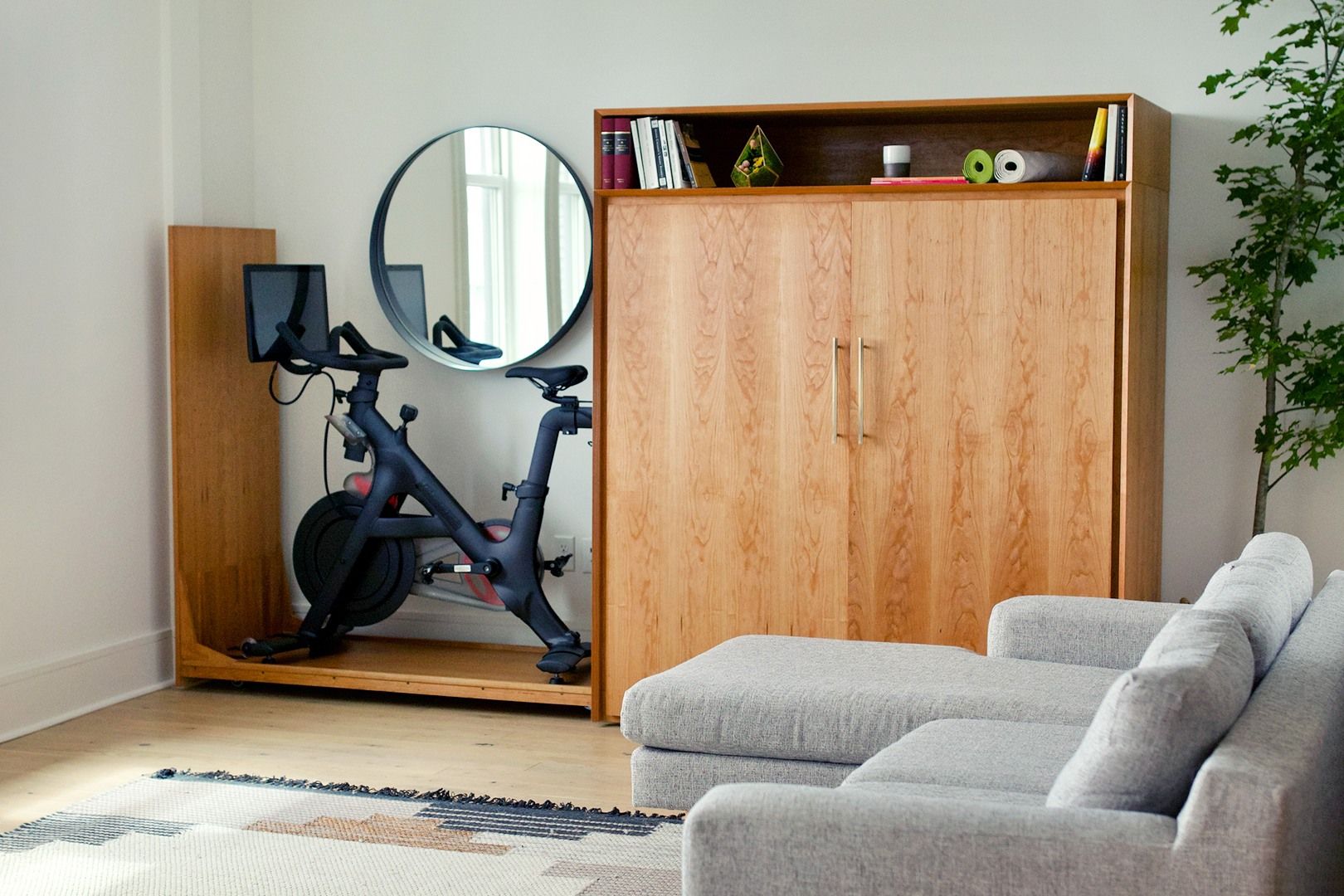
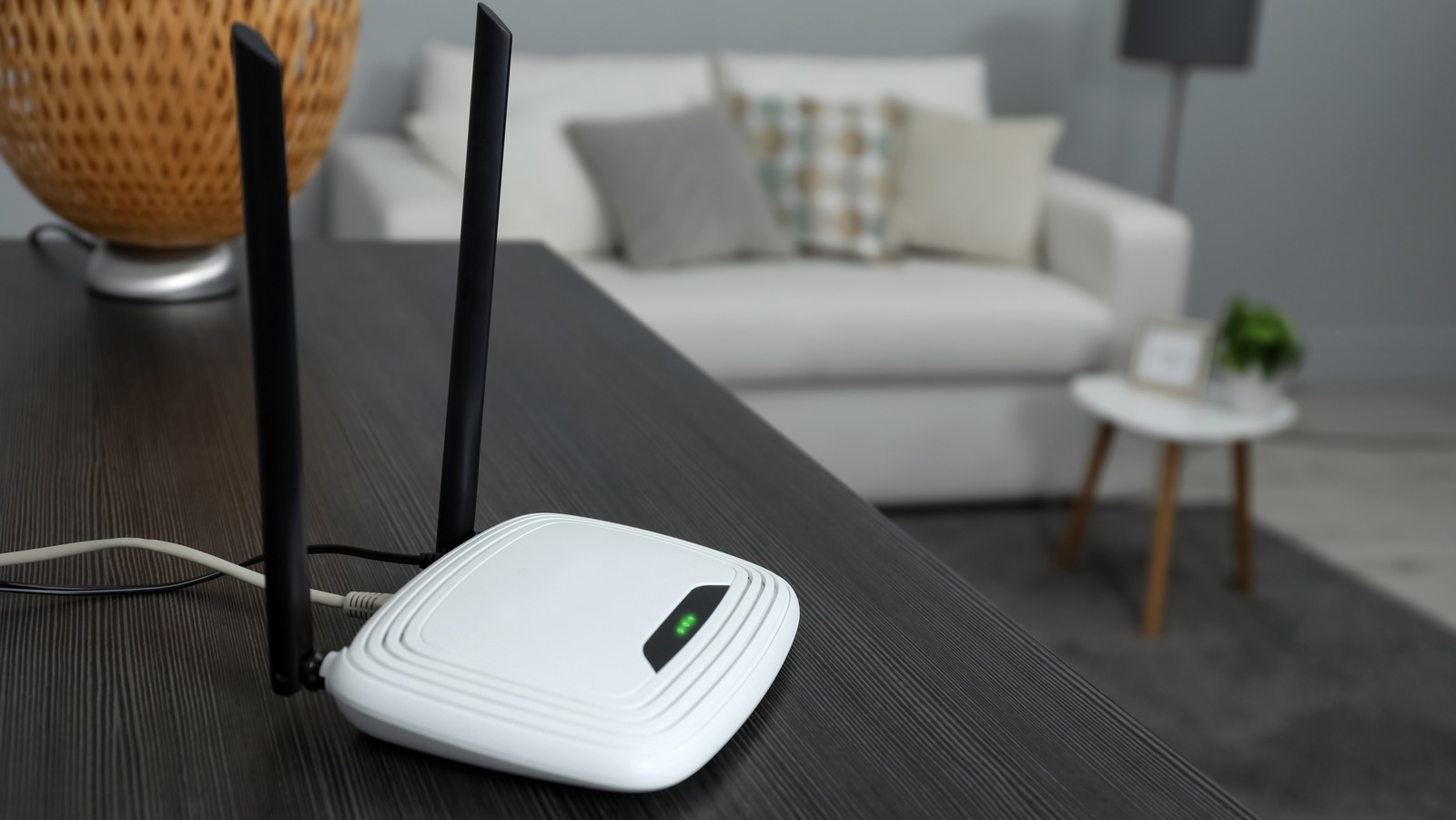

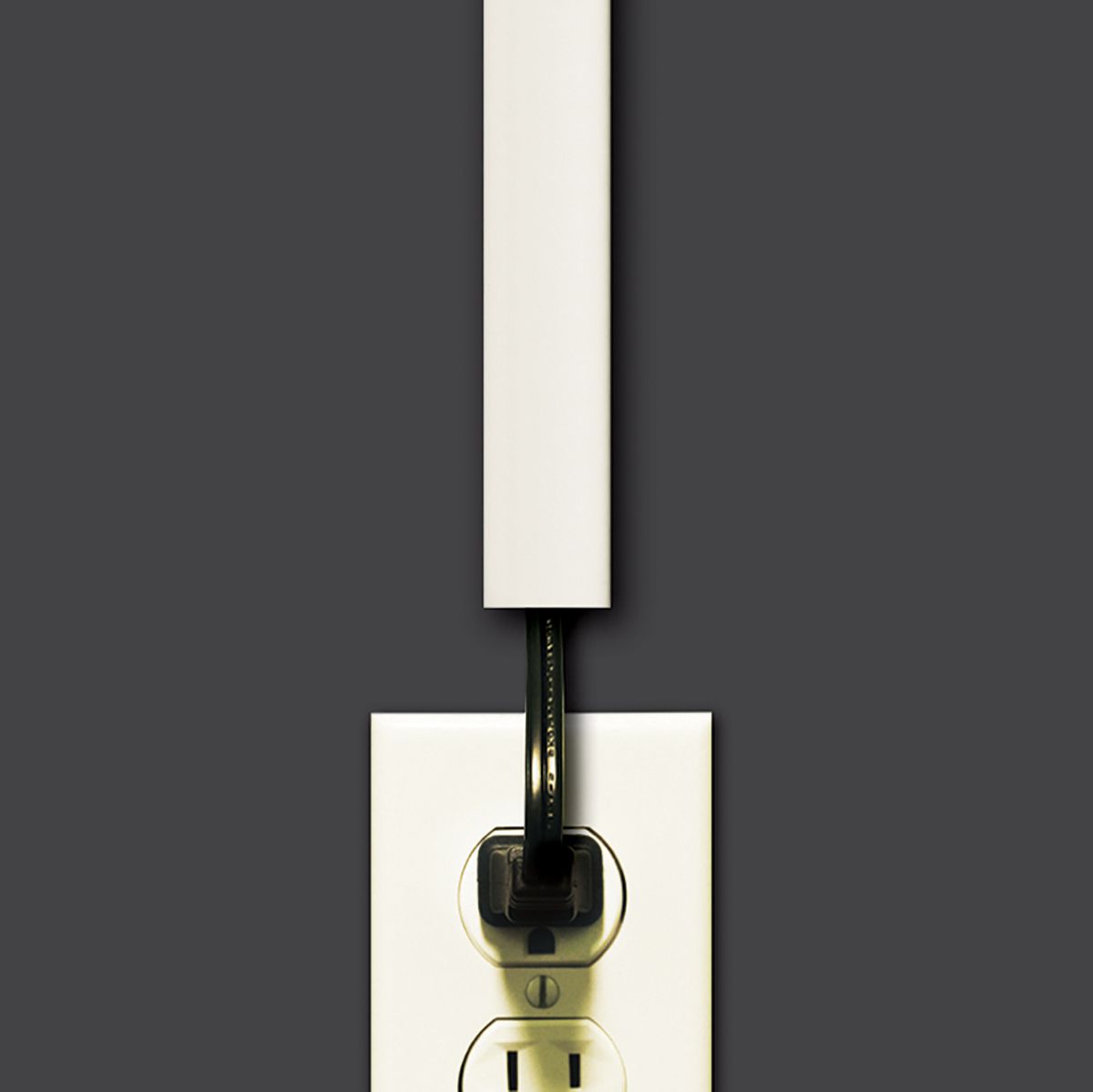
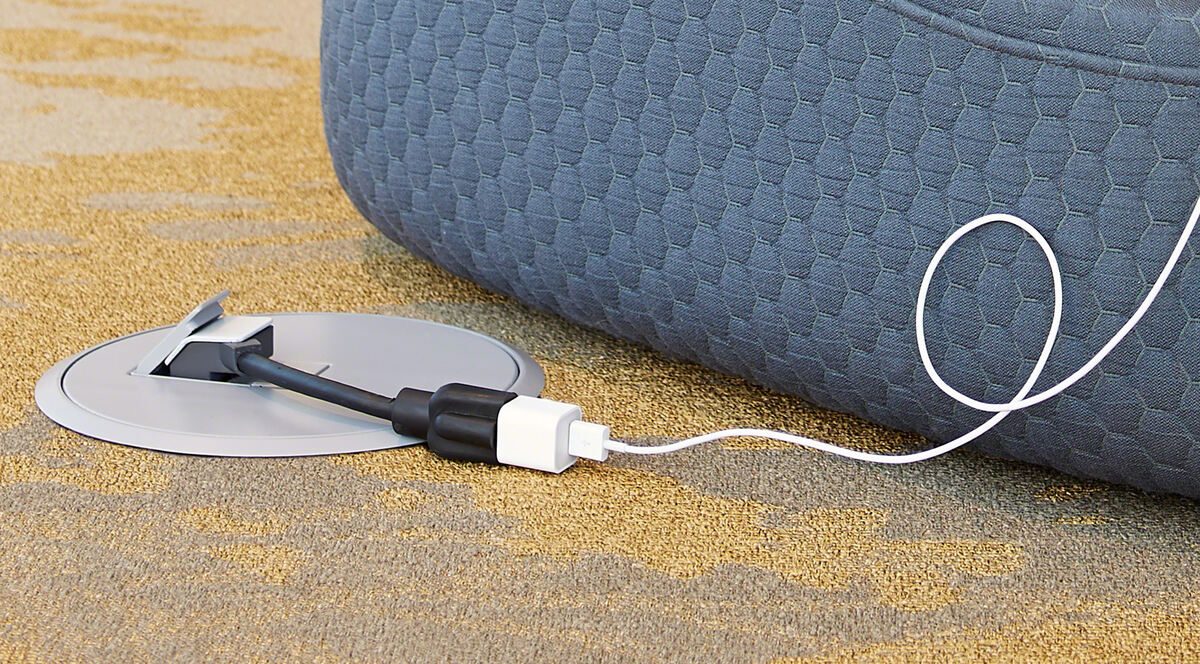

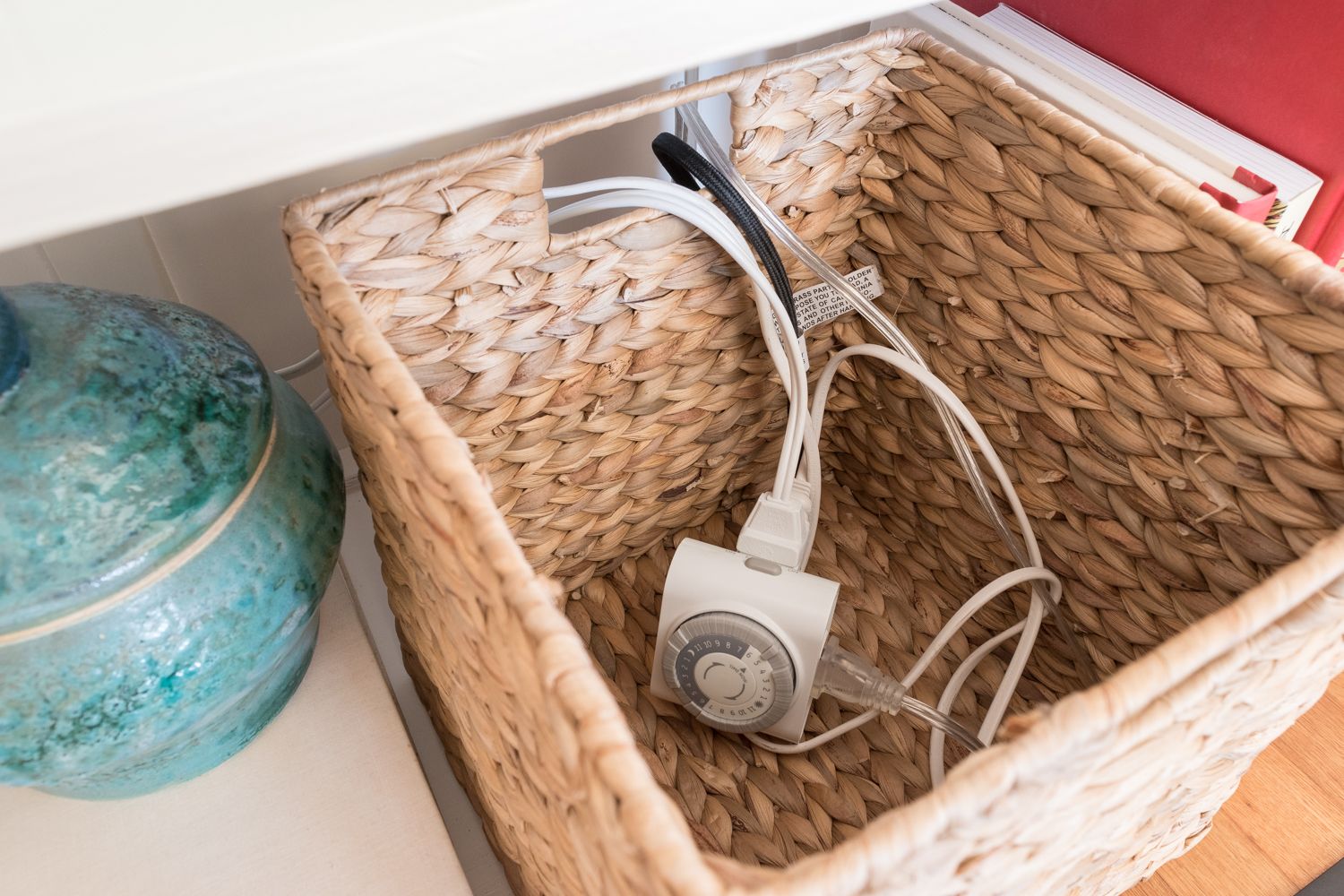

0 thoughts on “How To Hide Cords In Living Room”